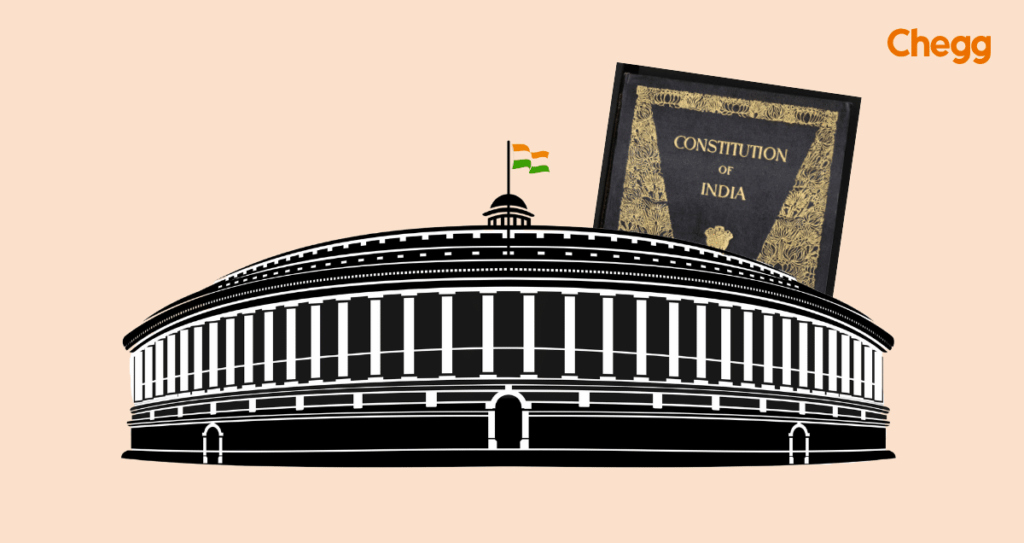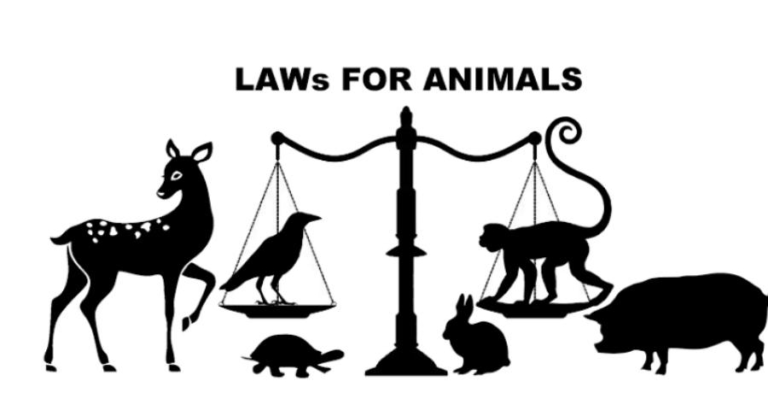
ABSTRACT
This paper examines the Indian Constitution’s fundamental components, focusing on the Preamble, the basic structure doctrine, and Article 368. It explores the historical context and socio-political conditions during India’s independence and how they influenced the framers of the Constitution. The Preamble summarizes the Constitution’s guiding principles and vision for the nation. The central structure doctrine, derived from landmark judicial interpretations, asserts that certain fundamental features cannot be altered or destroyed through amendments, maintaining a balance between legislative power and constitutional supremacy.
The paper also discusses Article 368’s significance in amending the Constitution and the debates surrounding the extent of Parliament’s power. The paper reviews significant case law, constitutional arguments, and scholarly critiques to illustrate the complex interplay between the Preamble, the basic structure, and Article 368 in India’s governance system. The paper concludes by reflecting on the lasting importance of the Indian Constitution’s foundational framework in addressing contemporary issues, affirming its vital role in upholding fundamental rights and democratic values.
KEYWORDS
Indian Constitution, Basic Structure, Preamble and Article 368.
INTRODUCTION
The Indian Constitution, officially adopted on November 26, 1949, is a foundational document that meticulously lays out the construction of governance, delineates fundamental rights, and presents the guiding principles that govern the nation. It serves not only as a legal framework but also as a reflection of the values and aspirations of the Indian populace. This comprehensive document is crucial in establishing the rule of law, ensuring justice, and upholding the democratic ideals that India cherishes. Inside the Constitution, three components are particularly significant: the Preamble, the fundamental structure doctrine, and Article 368. The Preamble articulates the objectives and underlying philosophy of the Constitution, setting forth the vision of a sovereign, socialist, secular, and democratic republic.
It serves as both an introduction and a compass, guiding the interpretation and implementation of the Constitution’s various provisions. The fundamental structure doctrine is a critical concept that emerged from judicial interpretations. It asserts that certain fundamental features of the Constitution cannot be distorted or shattered by amendments. This doctrine has become a cornerstone in maintaining the integrity and core values of the Constitution, ensuring that while the nation evolves through amendments, the foundational principles remain undamaged. Article 368 addresses the power of Parliament to amend the Constitution. It outlines the procedures for amending various provisions and reflects the dynamic nature of the Constitution, allowing for adaptability in response to changing social, political, and economic contexts.
However, the limitations imposed by the central structure doctrine provide a safeguard against potential misuse of this power, ensuring that essential characteristics of the Constitution are preserved. Collectively, these components not merely define the structural and procedural aspects of governance in India but significantly influence the interpretation of constitutional provisions. They shape ongoing legal and political discussions, impacting the legislation and judicial reviews that ascertain the nation’s course. Understanding these key elements provides insight into the foundational principles that govern Indian democracy and its legal system.

THE PREAMBLE
The Preamble of the Indian Constitution is a crucial constituent of the manuscript, defining the nation’s identity and guiding its governance. It outlines the nation’s values of justice, liberty, equality, and union, and is a guiding light for the explication of the Constitution. The drafting course of action, after India struggled for independence, involved extensive debates among diverse representatives, resulting in a document that unified the country while respecting its diversity.
The Preamble serves as a framework for understanding the rights and responsibilities within governance and law and has been interpreted by courts in various judgments. Its impact is evident in landmark decisions that have shaped the legal landscape of India, reinforcing the principles of justice, liberty, equality, and fraternity as integral to the nation’s identity. In summary, the Preamble is not just an opening sluice but a powerful declaration of India’s values, ensuring a just and equitable society while preserving its sovereignty and democratic ethos.
BASIC STRUCTURE
The crucial structure doctrine is an input legal principle in India’s constitutional framework, first articulated by the Supreme Court in the 1973 case of Kesavananda Bharati v. State of Kerala. This doctrine established that while Parliament has the authority to amend the Constitution, it cannot alter or destroy its fundamental framework. The doctrine has evolved, identifying key components such as the supremacy of the Constitution, the rule of law, the separation of powers, the independence of the judiciary, the fundamental rights of citizens, and the federal nature of the government.
These components ensure the sanctity and stability of India’s democratic framework. The doctrine has been applied in landmark judgments, invalidating constitutional amendments that deflate governance and rights. It challenges the notion of absolute parliamentary sovereignty, asserting that definite core values are non-negotiable and cannot be imprecise through legislative action. This doctrine has great outcome on constitutional amendments, requiring a delicate balance between legislative innovation and constitutional integrity.
ARTICLE 368
Article 368 of the Indian Constitution outlines Parliament’s authority to amend the Constitution, outlining a clear framework for the process. It outlines the procedure of amendments, their scope, and limitations to prevent arbitrary or capricious alterations. The article also discusses the function of the judiciary in overseeing constitutional amendments, as they act as guardians of the Constitution, ensuring they adhere to the legal framework and principles of justice.
This often leads to a delicate interplay between parliamentary sovereignty and judicial review, which can result in significant legal precedents and influence the interpretation of constitutional provisions. This article highlights Article 368’s importance in the complexity of constitutional governance and the interplay of various government branches.
THE INTERPLAY BETWEEN THE PREAMBLE, BASIC STRUCTURE AND ARTICLE 368
This section explores the intricate connections between the Preamble of the Constitution, the fundamental structure doctrine, and Article 368. The Preamble is the foundational statement that encapsulates the core values and principles of the Constitution, providing context for understanding its purpose and philosophy. The crucial organization principle, as articulated through judicial interpretations, is crucial for preserving the Constitution’s fundamental integrity against arbitrary amendments. It asserts that certain principles are so elementary to the identity of the Constitution that they cannot be altered or destroyed by ordinary legislative processes.
The relationship between the Preamble and the basic structure influences the interpretation of Article 368, which governs the amendment process. The judiciary plays a vital role in interpreting mutually the Preamble and the basic structure to ensure amendments do not infringe upon fundamental rights and liberties, maintaining the rule of law and democratic ethos.
Overall, this section highlights the grave importance of understanding how the Preamble, fundamental structure, and Article 368 function together to uphold the Constitution’s foundational principles, ensuring a balance between the power to amend and the need to protect the core values enshrined within the constitutional framework. The delicate balance struck among these elements safeguards fundamental rights, reinforces judicial oversight, and preserves the integrity of the Constitution as a living document that reflects the aspirations of the society it governs.
HISTORICAL CONTEXT AND EVOLUTION
This section provides an in-depth examination of the historical context that influenced the drafting of the Preamble, the concept of the basic structure of the Constitution, and Article 368. It explores the significant impact of the Indian Independence Movement, which catalyzed the demand for a sovereign nation governed by a democratic framework. The struggles and aspirations of leaders and ordinary citizens equally played a pivotal role in shaping the values and principles enshrined in the Constitution.
The discussions within the Constituent Assembly were marked by vigorous debates and diverse viewpoints as members sought to create a document that would reflect the aspirations of the Indian populace. This process was symbolized by a commitment to inclusivity and the desire to address the complex social, economic, and political challenges facing the newly independent nation. The contributions of key figures such as Jawaharlal Nehru, who articulated a vision of a modern, progressive India, were instrumental in framing the ideological underpinnings of the Constitution. B.R. Ambedkar, recognized as the chief architect of the Constitution, played a crucial role in ensuring that the document would safeguard the rights of marginalized communities and promote social justice.

CASE LAWS AND JUDICIAL INTERPRETATION
This section examines landmark judicial cases that have significantly influenced the interpretation of the Indian Constitution, the concept of basic structure, and Article 368 provisions. The Kesavananda Bharati v. State of Kerala case in 1973 established the policy of the vital structure, stating that Parliament has extensive authority to amend the Constitution under Article 368 but cannot alter or destroy its fundamental framework. This decision shifted the balance of power between the legislature and the judiciary and laid the groundwork for future interpretations of constitutional amendments.
Indira Gandhi v. Raj Narain in 1975 further exemplified the judiciary’s vigilance in protecting constitutional democracy, highlighting issues related to electoral malpractice. The Minerva Mills v. Union of India case in 1980 reaffirmed the principles established in Kesavananda Bharati and underscored the importance of the fundamental structure doctrine. In 1981, the Supreme Court addressed the limits of parliamentary power in amending the Constitution, ensuring that amendments cannot undermine essential elements of the Constitution.
The S.R. Bommai v. Union of India case in 1994 highlighted the misuse of Article 356, which empowers the President to impose President’s Rule in states. The Supreme Court articulated guidelines for the relevance of this provision, ensuring that its invocation must adhere to constitutional principles. These landmark cases form a synergistic body of jurisprudence that has shaped the understanding of the Preamble, fundamental rights, and the limits of constitutional amendments.
CONSTITUTIONAL DEBATES AND REFORMS
This section discusses the ongoing debates and reforms surrounding the Preamble, its basic structure, and Article 368. It includes: –
- The Emergency and the 42nd Amendment
- The Mandal Commission and the 85th Amendment
- The National Commission to Review the Working of the Constitution (2002)
- The 100th Constitutional Amendment (2015)
COMPARATIVE ANALYSIS
This section compares the Indian Constitution’s foundational elements with those of other countries, including:
- The United States Constitution’s Preamble and amendment process
- The German Basic Law’s eternity clause and constitutional identity
- The South African Constitution’s preamble and transformative constitutionalism.
CONCLUSION
The Preamble, fundamental structure, and Article 368 form the foundation of the Indian Constitution, shaping the country’s governance, rights, and principles. This paper demonstrates the connotation of these rudiments, their fruition, and their impact on the legal and political landscape. By understanding these foundational components, we can better appreciate the enduring relevance of the Indian Constitution and its ability to adapt to changing times while remaining true to its core values and objectives.




